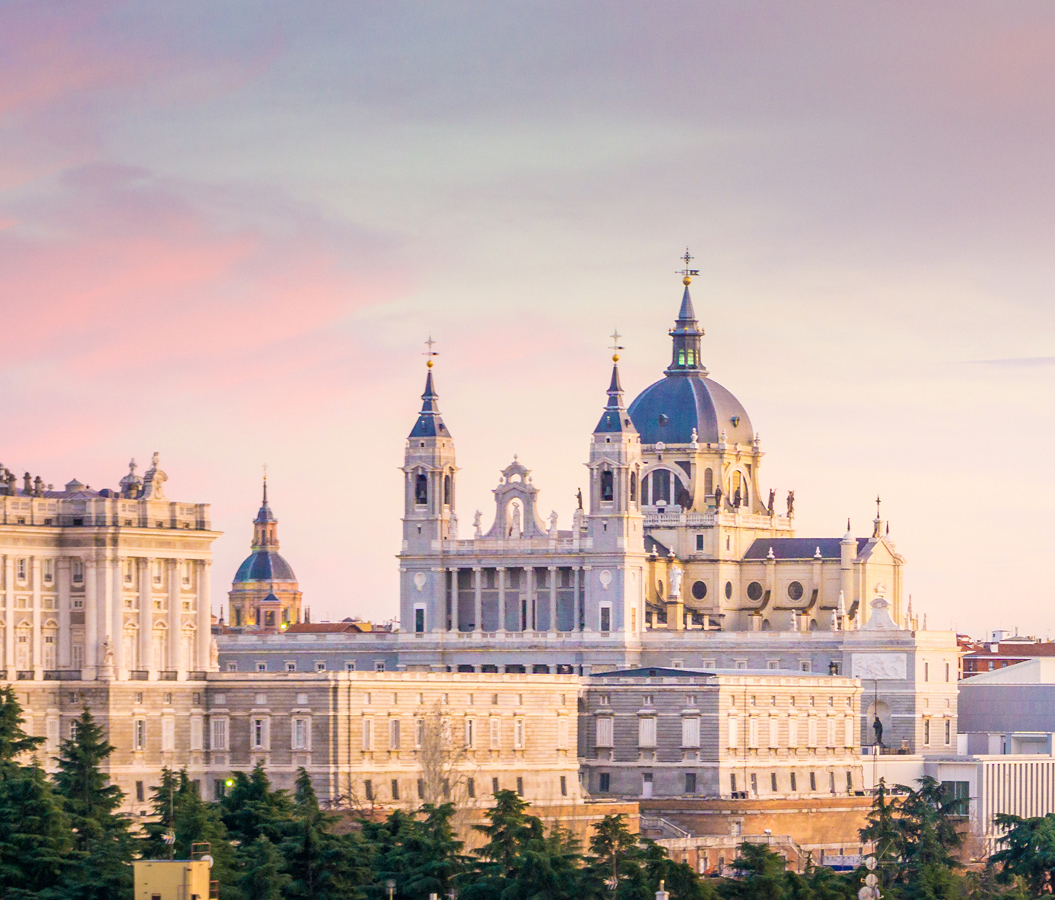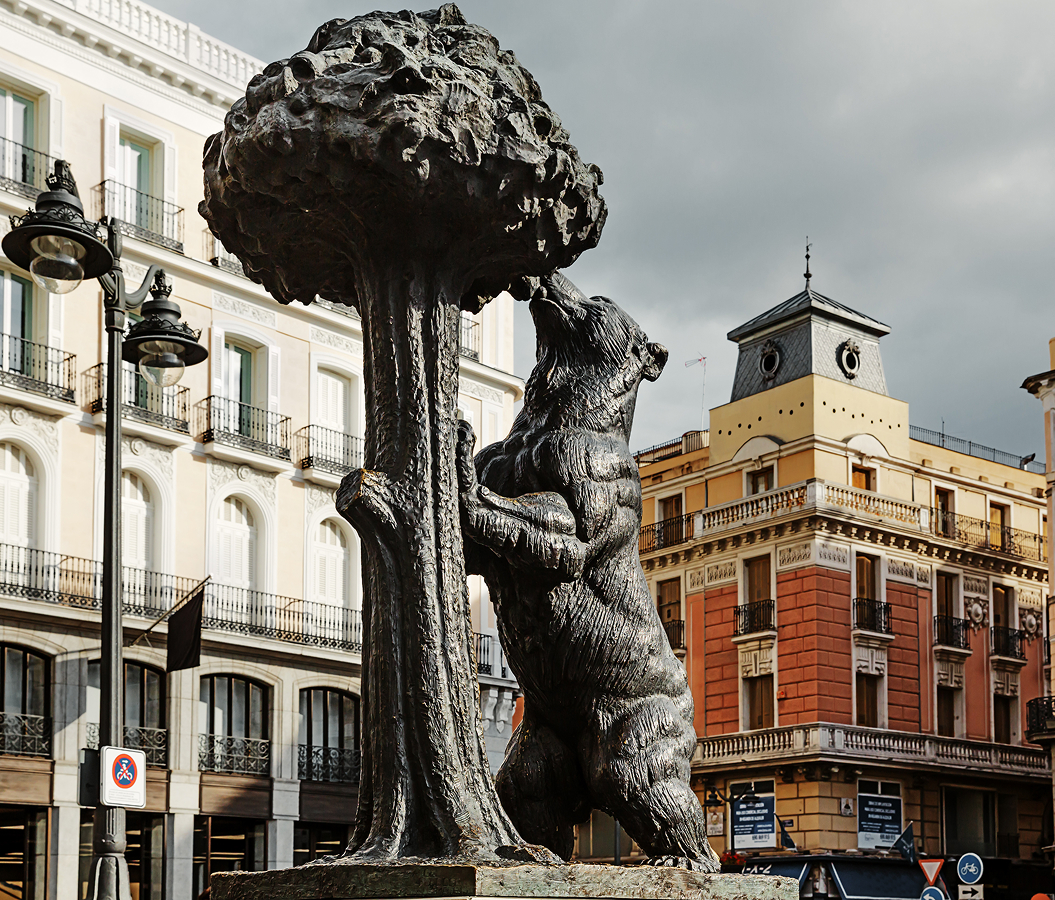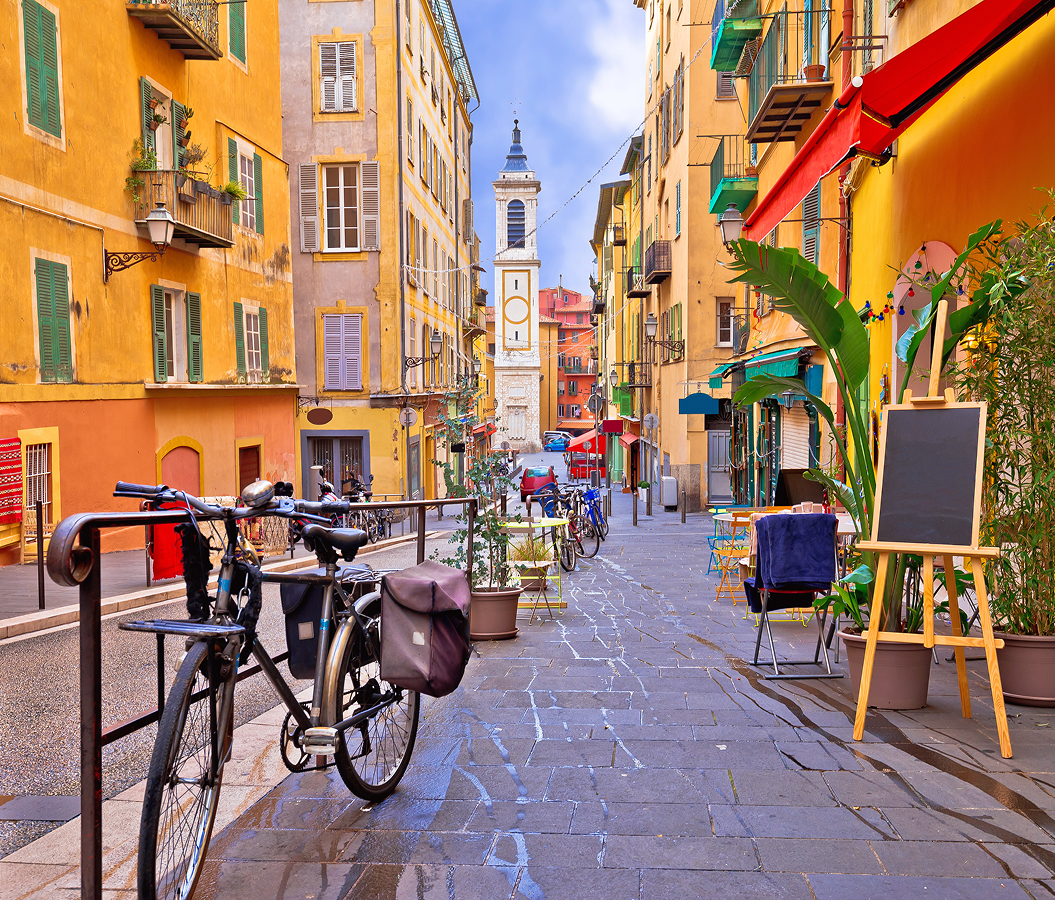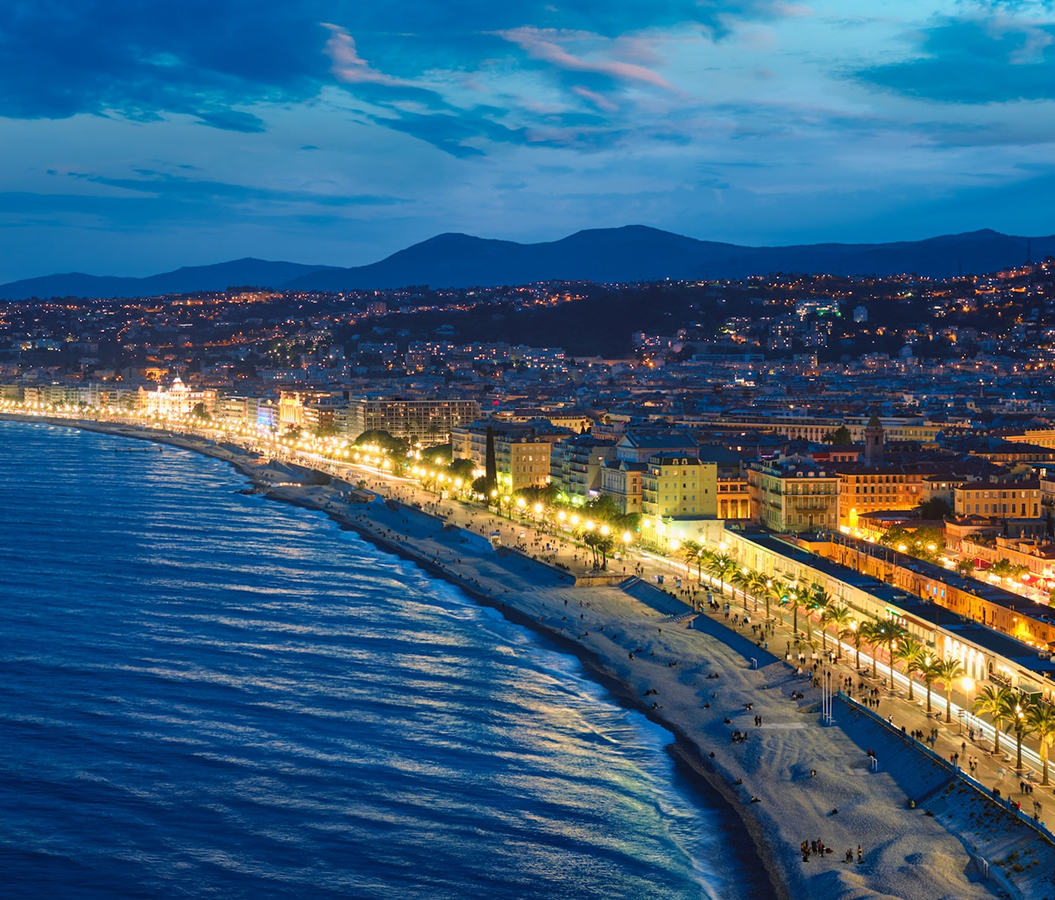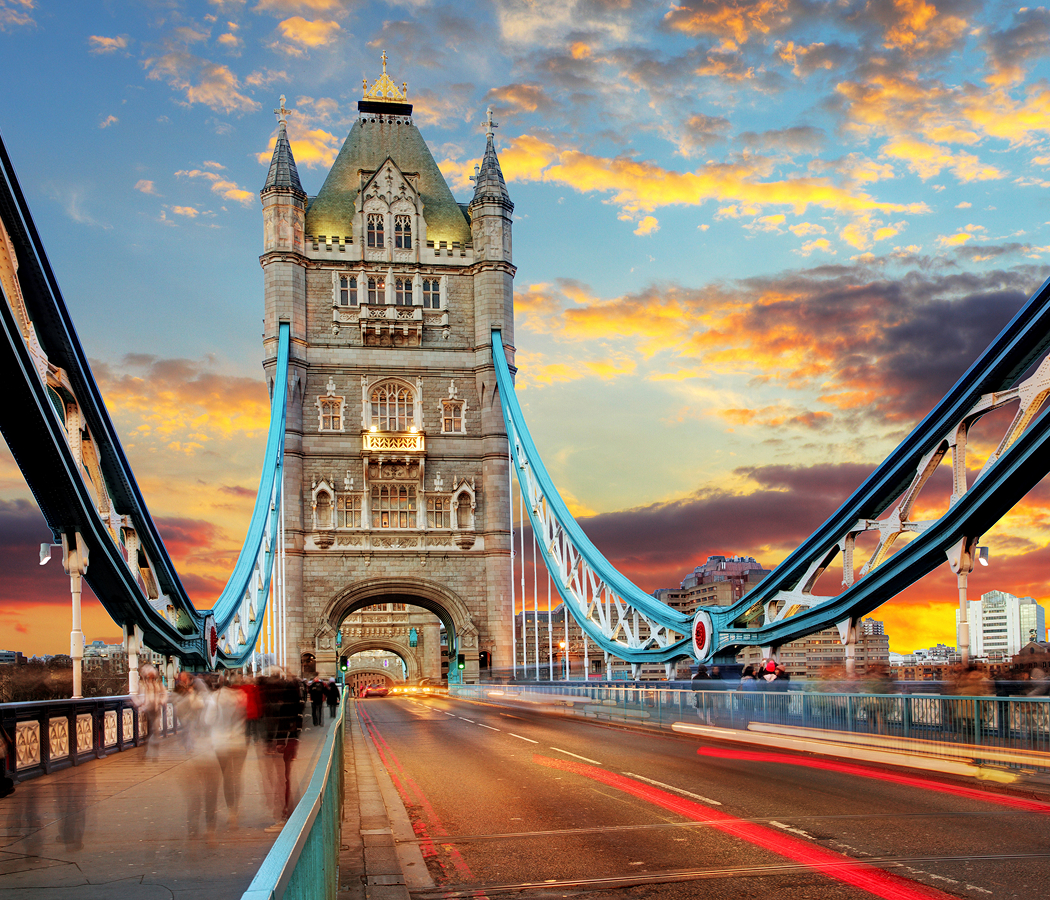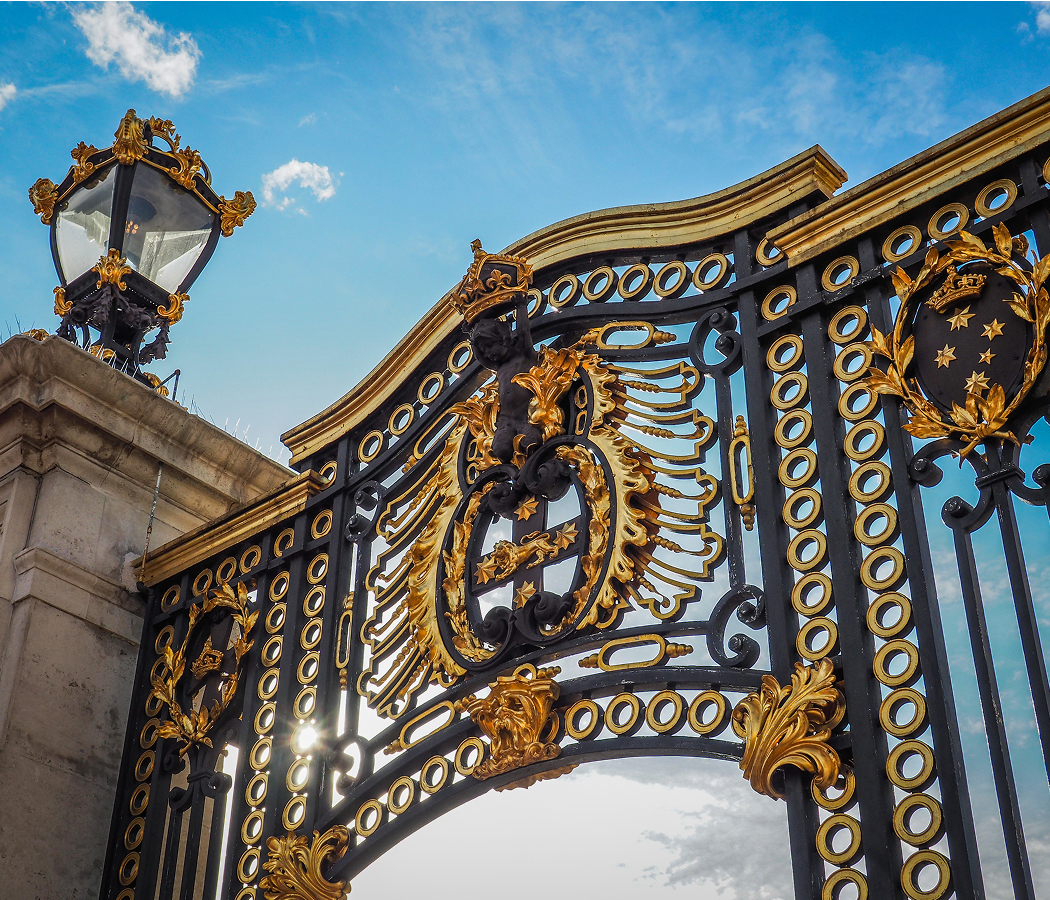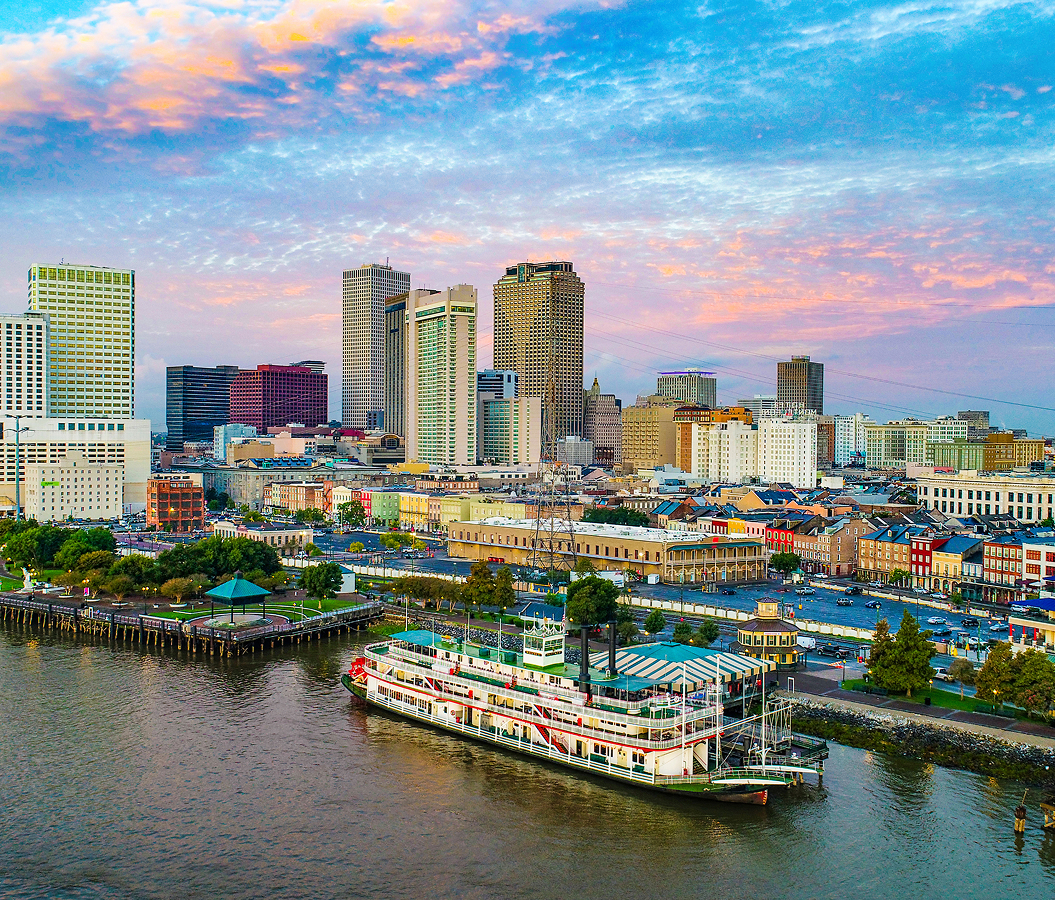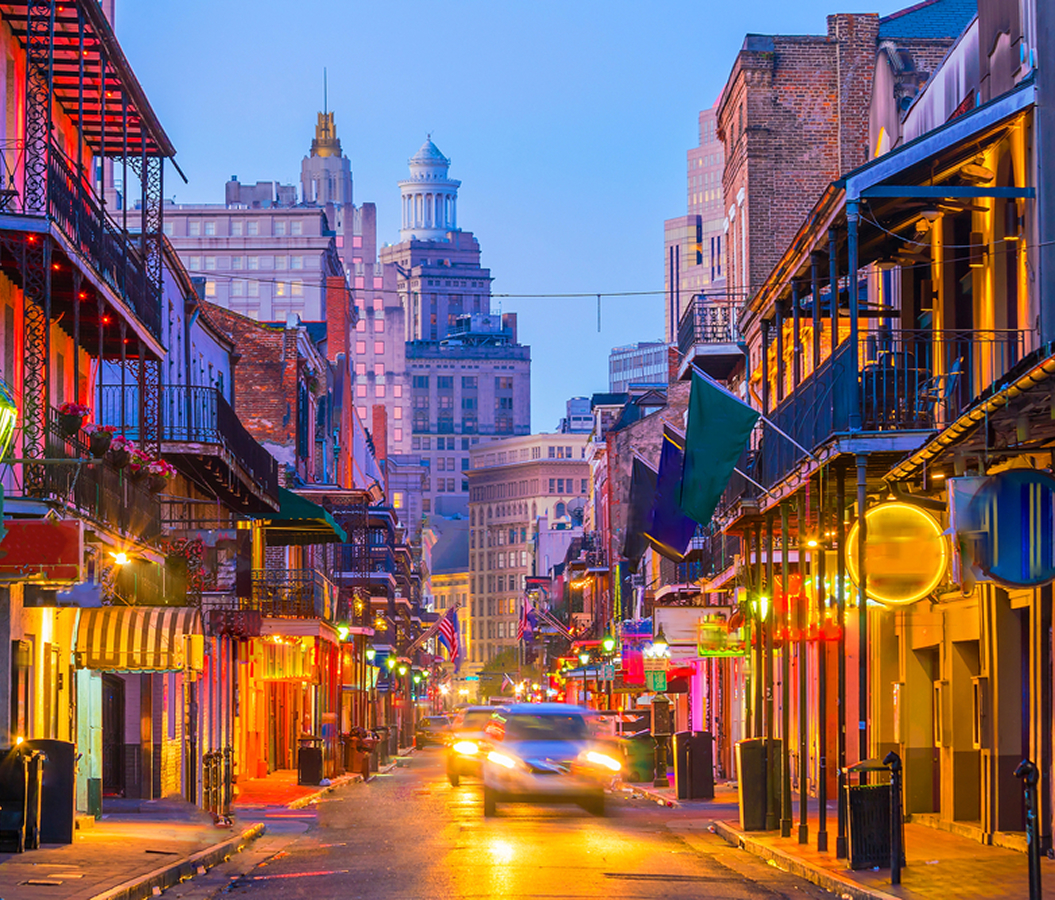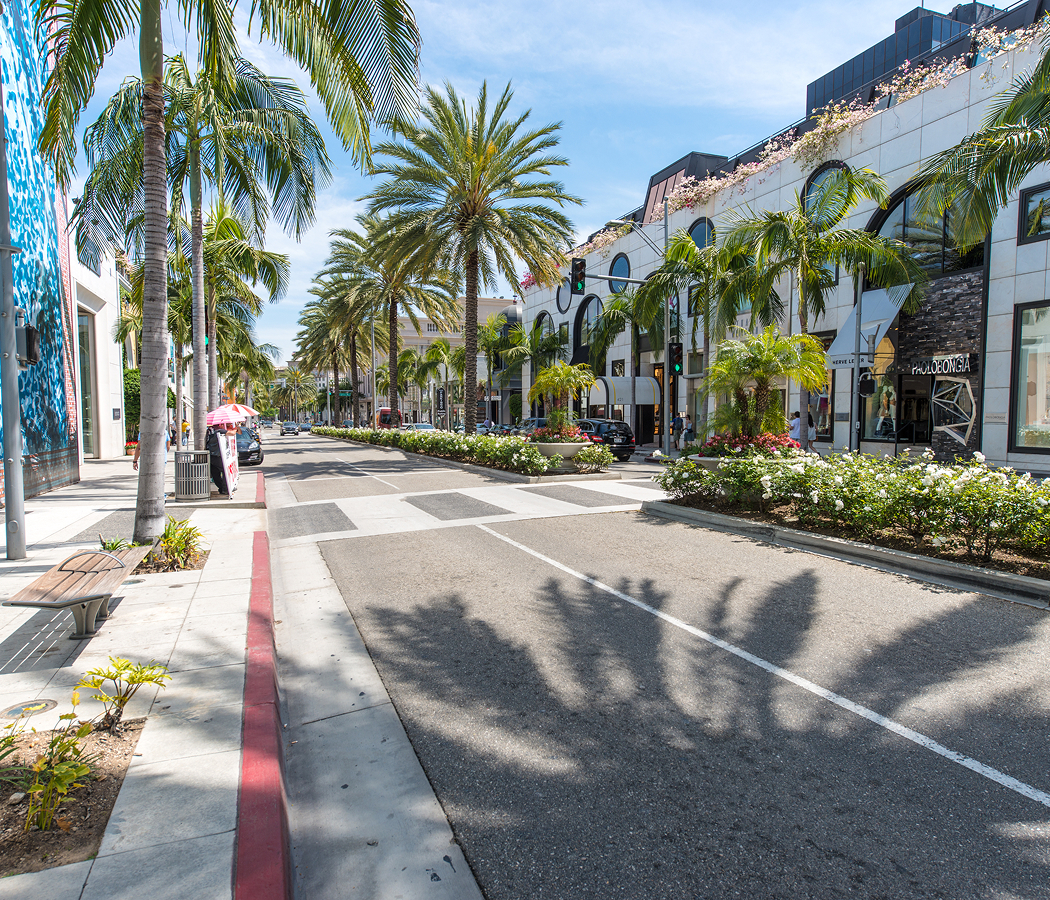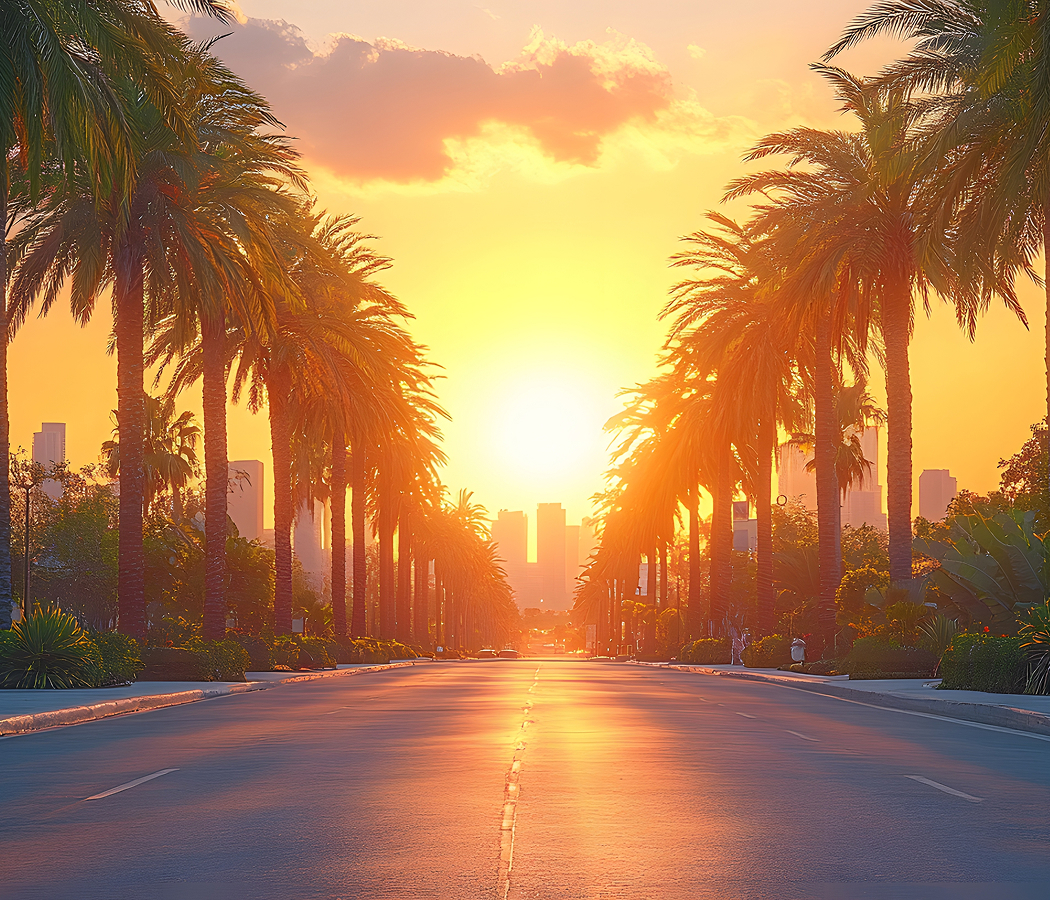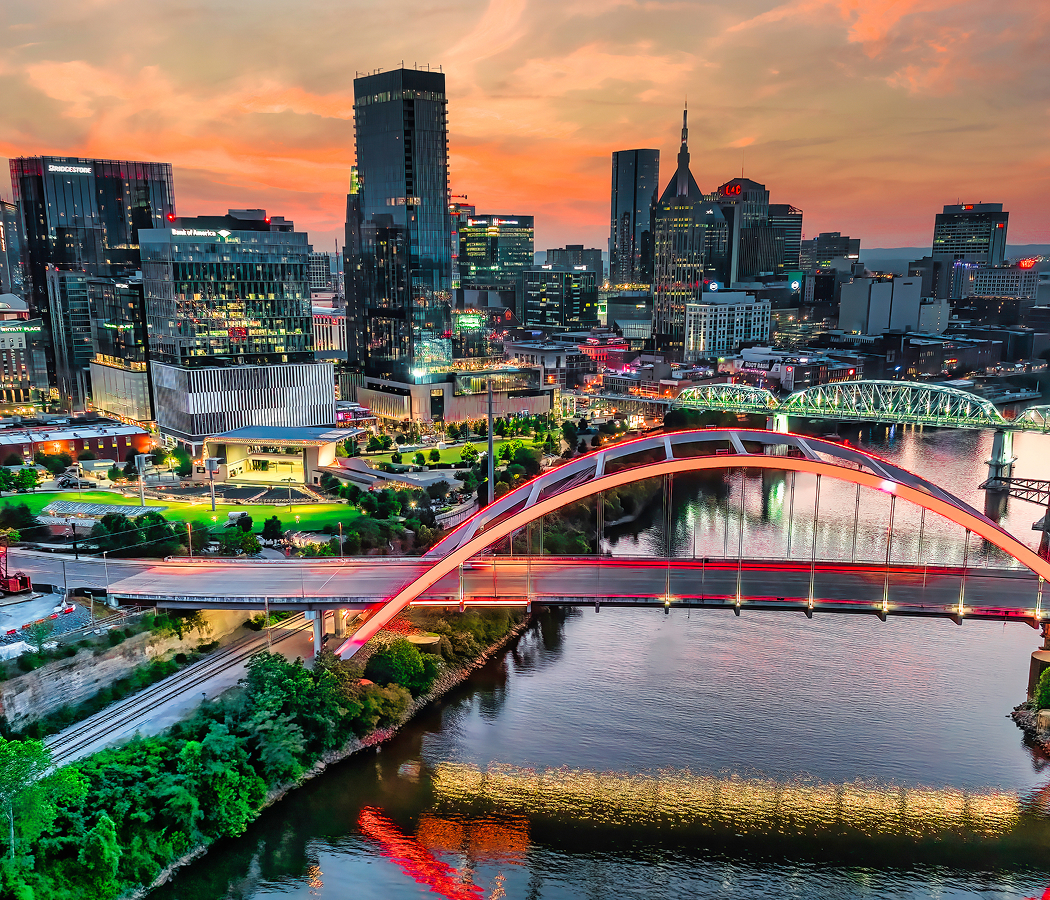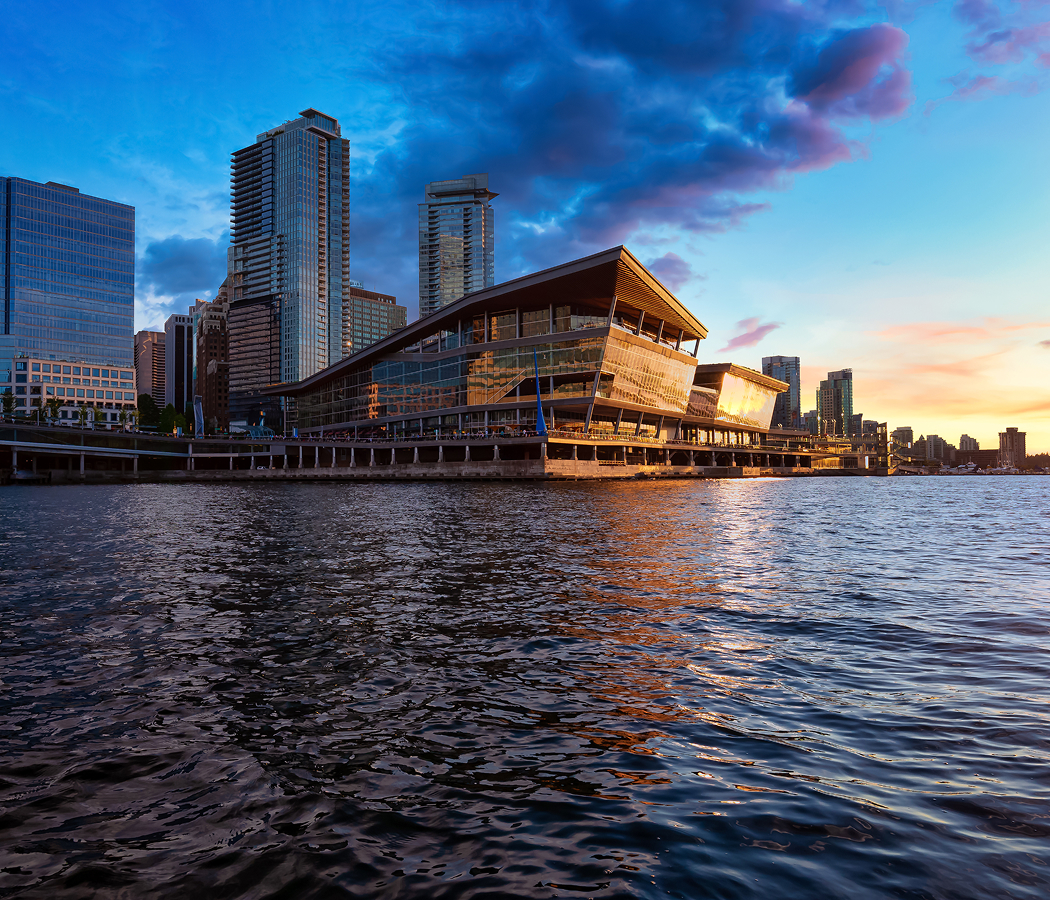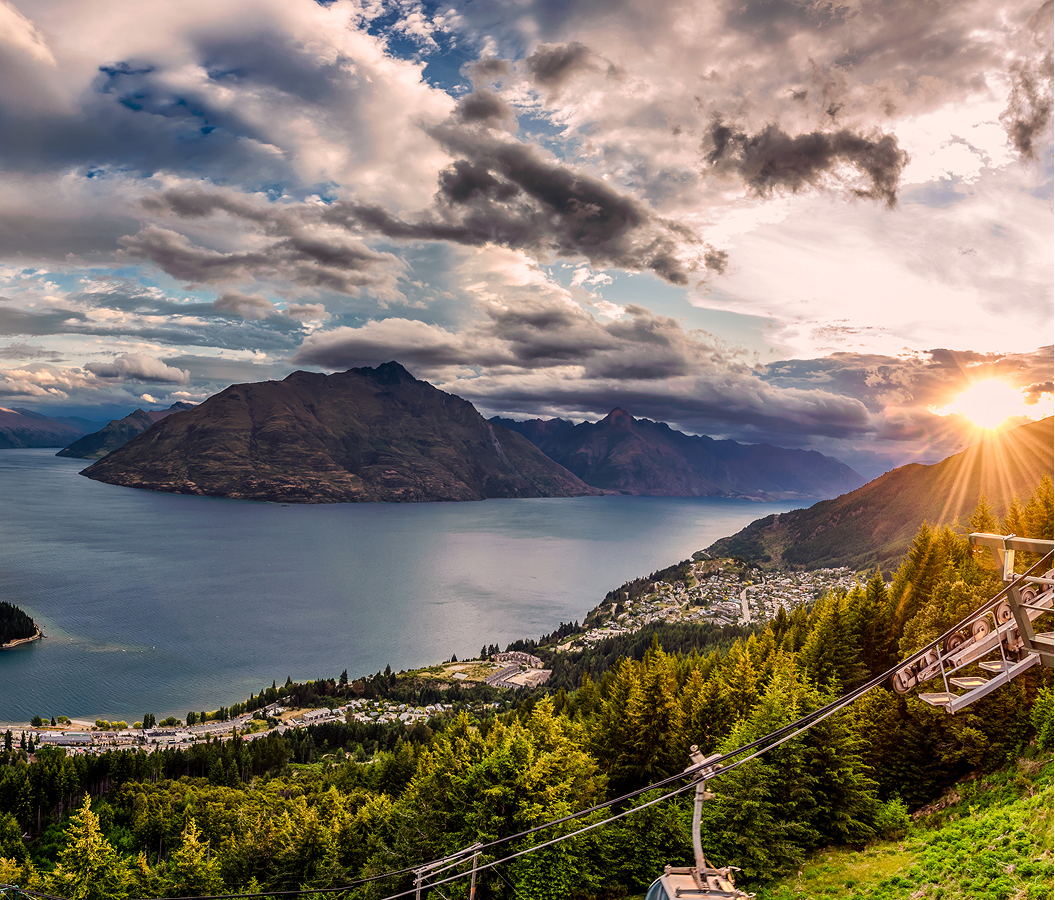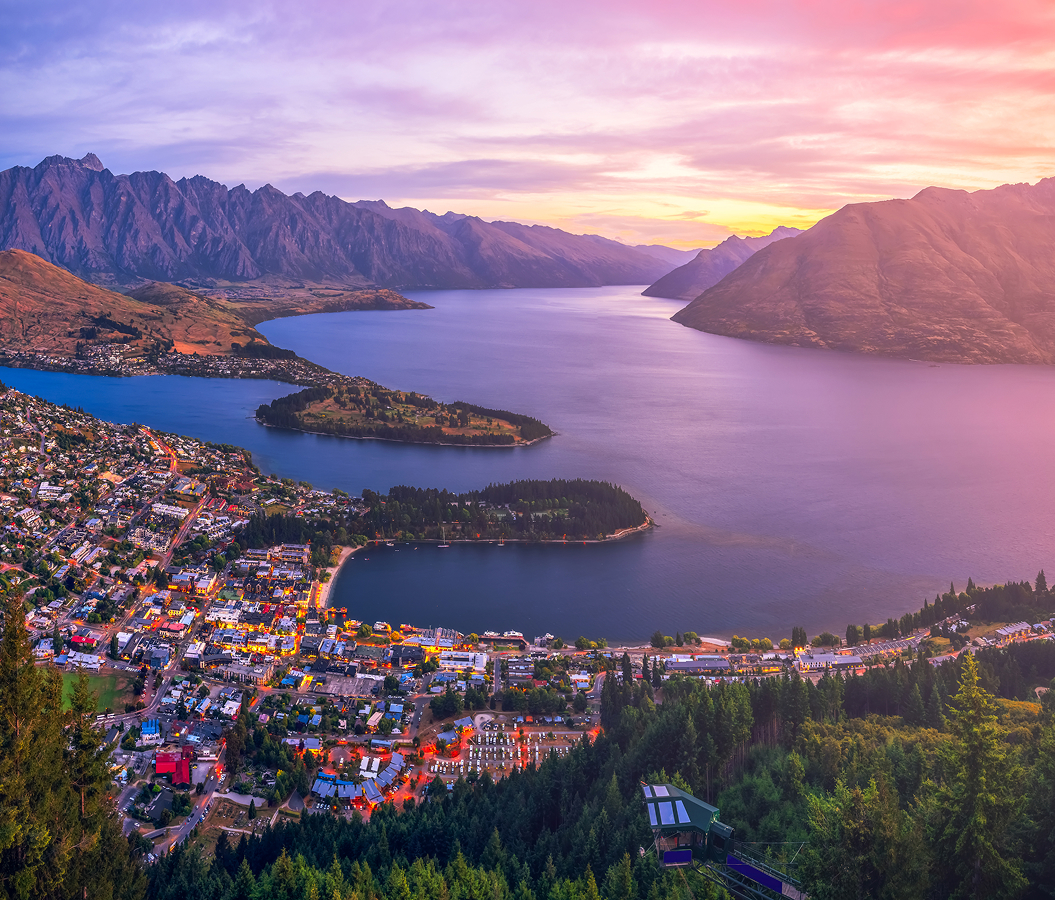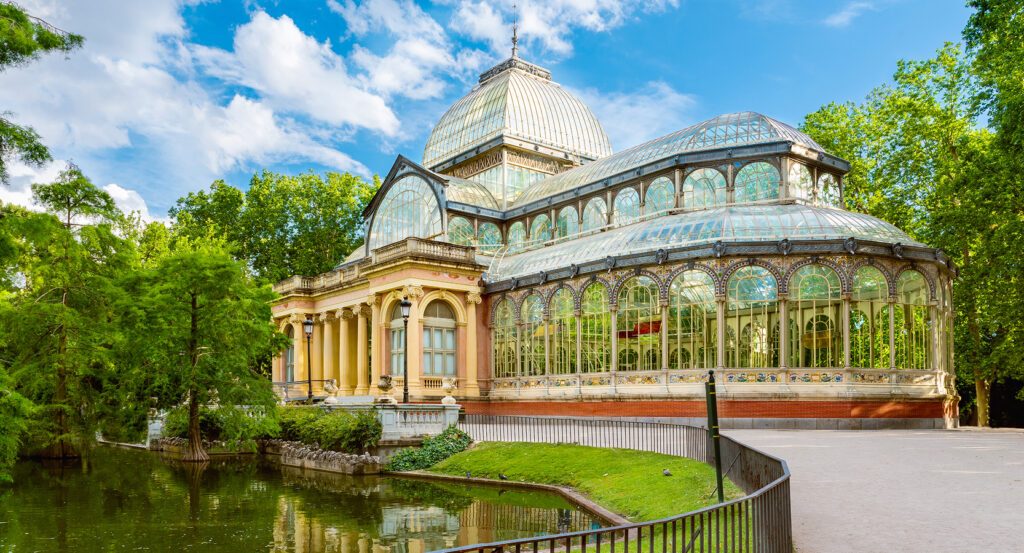
Why you should experience El Retiro Park in Madrid.
El Retiro Park in Madrid isn’t just a green escape, it’s the living soul of the city, where centuries of history, art, and leisure intertwine beneath canopies of chestnut and cypress.
Stretching across nearly 300 acres, Parque del Buen Retiro, “Park of the Pleasant Retreat”, was once the private garden of Spanish royalty, now reborn as the city’s most beloved public sanctuary. As you step through its grand gates, the energy of Madrid softens into a slower rhythm: sunlight dapples over marble statues, and the scent of jasmine drifts through the air. Locals jog along shaded paths while artists sketch at stone fountains, musicians fill the air with Spanish guitar, and lovers glide across the lake in small rowboats that catch the glint of the afternoon sun. At its heart lies the glittering Estanque Grande, where the iconic Monument to Alfonso XII towers above the water, a stage of sculpted grandeur reflected in ripples of gold. Yet the park’s magic runs deeper than its beauty. Wander into the Palacio de Cristal, a luminous glass pavilion designed in 1887, where art exhibitions shimmer in natural light. Or lose yourself in the Rosaleda, a rose garden that feels suspended in another time. El Retiro isn’t just Madrid’s park, it’s its pulse, a place where art and everyday life move in perfect harmony.
What you didn’t know about El Retiro Park.
El Retiro Park is far more than a tranquil green space, it’s a living monument to Spain’s golden age, its revolutions, and its rebirth.
Originally built in the 17th century for King Philip IV as part of a grand palace complex, the park began as a royal refuge of opulence and contemplation, complete with formal gardens, sculptures, and theaters. Over time, it became entwined with Spain’s political and cultural evolution, witnessing both royal festivities and the fires of conflict. The palace itself was destroyed during the Peninsular War, but the grounds survived, gradually transforming into a public park by the late 19th century as Madrid embraced a new era of openness. Its architectural treasures tell this layered story: the Palacio de Cristal, modeled after London’s Crystal Palace, was built to showcase exotic flora from the Philippines; the Palacio de Velázquez stands nearby, hosting rotating exhibitions under the Spanish Ministry of Culture. Scattered through its leafy expanses are marble fountains, monuments, and sculptures that chart the city’s artistic lineage, from the Fuente del Ángel Caído, one of the world’s few monuments to Lucifer, to serene classical figures that evoke myth and memory. Yet perhaps its most remarkable transformation has been social: what was once a royal domain is now the heart of Madrid’s collective identity, a democratic space where every generation gathers, for art, for leisure, for life.
How to fold El Retiro Park into your trip.
A visit to El Retiro Park in Madrid is best experienced not as an itinerary stop, but as a rhythm, a leisurely unfolding of the city’s soul.
Begin your morning with a stroll through the Puerta de Alcalá, one of Madrid’s grandest gateways, which opens directly onto the park’s eastern edge. From there, wander toward the shimmering Estanque Grande and rent a rowboat to glide across the lake, framed by the marble colonnade of Alfonso XII’s monument. Afterward, explore the Palacio de Cristal, where contemporary art installations transform with the light streaming through its glass walls. The nearby Palacio de Velázquez offers more cultural depth, while the Jardines de Cecilio Rodríguez, with their manicured hedges and peacocks roaming freely, invite a quieter kind of awe. In spring, the La Rosaleda bursts into color with over 4,000 rose varieties; in autumn, golden leaves carpet the promenades leading to the Retiro Pond, perfect for a reflective walk. Don’t miss the Fuente del Ángel Caído, whose dramatic bronze figure and swirling serpents create a striking counterpoint to the park’s serenity. As evening descends, join locals at one of the park’s outdoor cafés, where the hum of conversation mingles with the sound of street performers. When you exit back into the city, whether through the stately Puerta de España or the lively Atocha entrance, you carry something of El Retiro with you: a reminder that beauty, freedom, and history can coexist not in marble halls, but in the open air, beneath the rustling trees of Madrid’s most enchanting heart.
Hear it from the Foresyte community.
That glass palace is wild. Looks like it could shatter if you breathe too hard, but it just sits there glowing like it knows its worth. Unreal spot for photos and just chilling.
Where meaningful travel begins.
Start your journey with Foresyte, where the planning is part of the magic.
Discover the experiences that matter most.

